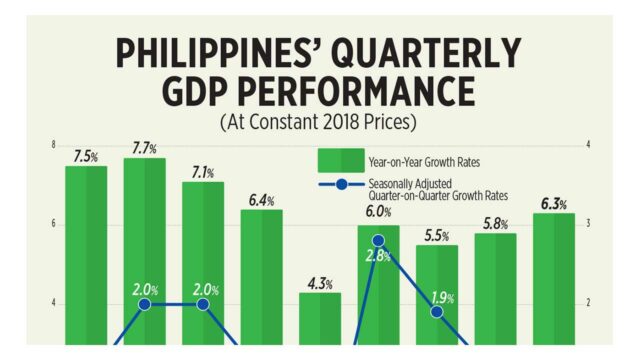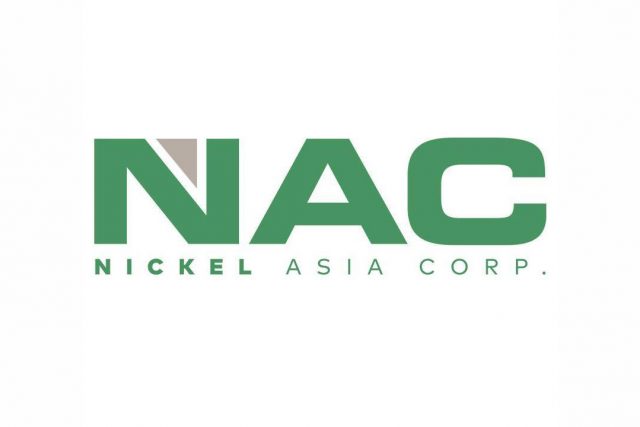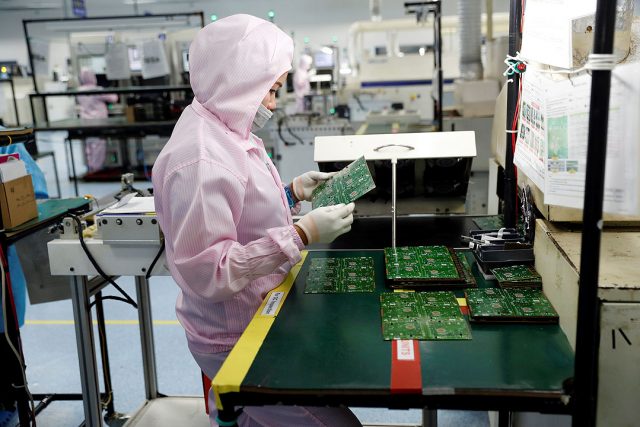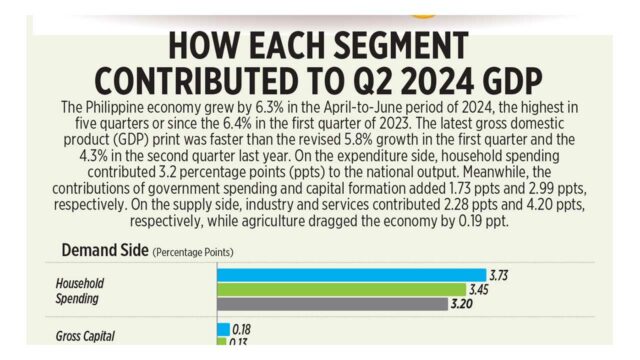Entertainment News (08/09/24)
Transformers comic cover celebrates jeepney
THIS year’s SuperManila Comic Con, happening on Sept. 7 and 8, will see the exclusive release of Transformers #1 40th Anniversary Edition featuring a limited edition Philippine variant cover. Illustrated by up-and-coming Filipino comic superstar Von Randal with colors by Ellery Santos and Rex Espino, the cover art depicts Optimus Prime and Hound (an Autobot who transforms into a classic US military jeep) in the process of transforming. Optimus Prime can be seen converting into his iconic red truck form while Hound transforms into a green Pinoy jeepney, complete with chrome stallions as hood ornaments, a prominent Manila label, and route signages for Cubao and Welcome Rotonda. “The team behind SuperManila really wanted an iconic Pinoy cover for our biggest comic convention this year. After reading the Transformers’ 40th anniversary issue and seeing that the character of Hound and his classic US jeep form were prominently featured, we realized we had the opportunity of showcasing the beloved jeepney, at least for the comic book’s variant cover,” said SuperManila organizer Ivan Guerrero. After World War II, US military jeeps became a familiar sight on Philippine roads and eventually transformed (just like Hound) into the iconic jeepney.
With a print run of only 1,000 copies, SuperManila organizers expect the issue to be a highly sought-after collector’s item. Launched in 2019, SuperManila Comic Con (SMCC) is a celebration of Filipino creativity in entertainment and pop culture, and is a showcase of leading pop culture brands present in the Philippines such as Lego, Uniqlo, and Funko. Scheduled to attend the convention are Marvel Editor-in-Chief CB Cebulski and superstar cover artist Artgerm, alongside Filipino talent like toy designer and street artist Quiccs. Other headlining guests include Eisner Award-winning artist Peach Momoko, Marvel Secret Wars creators Bob Layton and Mike Zeck, and Filipino artists Carlo Pagulayan and Stephen Segovia. There will be interactive exhibits, activities, and exclusive merchandise. SuperManila is also dedicated to Filipino comic book talent, providing a platform for rising Filipino artists and writers to showcase their work. Tickets to SuperManila Comic Con can be bought at www.supermanila.ph.
Maestro Yoshinao Osawa conducts PPO
ON Aug. 10, at 3 p.m., Japanese conductor Yoshinao Osawa will be returning to the Philippine stage to once again conduct the Philippine Philharmonic Orchestra (PPO) in a special concert. Titled Nostalgia: Music from MOVIE MUSICALS and More!, the concert at the Aliw Theater at the CCP Complex in Pasay City is free and open to the public. Its repertoire promises to incorporate bittersweet nostalgia that transports listeners to different worlds and eras.
First K-Pop academy in PHL culminates in recital
THE KOREAN Cultural Center in the Philippines (KCC) recently concluded the first-ever K-Pop Academy, which ran from July 5 to Aug. 2. It culminated in a recital on Aug. 3, showcasing the talent and hard work of its participants. Classes were led by mentors including AUSPICIOUS from Korea, P-pop girl group KAIA, and Ace Dance Studio’s Ciel Go. At the recital, the Boy Group Dance class delivered a high-energy performance of The Boyz’ “Thrill Ride,” while the Girl Group Dance class gave a rendition of Twice’s “Yes or Yes.” The KPOP Academy will return once again next year.
Ice Seguerra’s OPM videoke concert tickets out
TO CELEBRATE Ice Seguerra’s birthday in September, she will have a show called the Ultimate OPM Videoke Concert Party. It will take place on Sept. 13, 8 p.m, at The Music Museum, Greenhills Shopping Center, San Juan. Tickets are now available via TicketWorld.
Pinoy favorite in ASEAN singing contest
THE WINNERS of the CIMB Rising Start Singing Competition, aimed at discovering talented individuals in the ASEAN region, have been announced, following the finale in Jakarta on July 31. The top prize was awarded to Sharifah Nurilmuhayati from Malaysia, while Indonesian singers Jesica Theresia Koloay and Annisa Ayu Jamaluddin secured second and third places, respectively. Marvin Ilagan from the Philippines received the Favorite Award. The contest, spearheaded by CIMB Niaga in Indonesia, featured eight finalists from across ASEAN countries. A Bulacan native, Mr. Ilagan represented the Philippines alongside fellow Pinoy finalist Gwen Arada from Batangas City. The two were selected among the top 10 local auditionees and won the opportunity to fly to Jakarta for the regional competition.
Puregold’s Flow G hand choreography tilt
IN a P-Pop and original Pilipino music (OPM) collaboration with a brand-new TikTok challenge from rap star Flow G, Puregold puts up a competition open to all. The Puregold #PanaloNaWalangHalo TikTok Challenge will see fans trying to do a set of Flow G-themed hand choreography all month long, with winners selected every week until Aug. 30. To join the contest, fans must have a TikTok account and follow the official Puregold TikTok page, @puregoldph. They must record their performance while using the “Nasa Atin ang Panalo” Hand Choreo filter on TikTok to accompany Flow G’s “Nasa Atin ang Panalo” single. These must be posted on TikTok with captions that include the hashtags #PuregoldNasaAtinAngPanalo, #PuregoldxFlowG, and #PanaloNaWalangHalo.
Beetlejuice Beetlejuice in cinemas in September
BACK to make all nightmares come true is Beetlejuice, in a sequel to the beloved classic. Beetlejuice Beetlejuice, directed by Tim Burton and starring Michael Keaton, Winona Ryder, and Jenna Ortega, opens in Philippine cinemas on Sept. 4. It takes place after an unexpected family tragedy, when three generations of the Deetz family return home to Winter River. Still haunted by Beetlejuice, Lydia’s life is turned upside down when her rebellious teenage daughter discovers the mysterious model of the town in the attic and the portal to the Afterlife is accidentally opened.
Harlem Globetrotters come to Asia
THE WORLD-FAMOUS Harlem Globetrotters are coming to Philippines. The Globetrotter stars will dribble, spin, slam, and dunk their way past their rivals, the Washington Generals, with trick shots, expert ball-handling skills, and laughs. There will also be opportunities for pre-game, post-game, and in-game fan engagement. The Asia tour, scheduled for Nov. 12 to 24, now has a waitlist for tickets via TicketWorld.
Filipino film in TIFF’s Centrepiece Programme
THE FILM Sunshine, written and directed by Antoinette Jadaone, is set to have its world premiere at this year’s Toronto International Film Festival (TIFF), under the Centrepiece Programme. Sunshine tells the story of a young gymnast who finds out she is pregnant on the week of the national team tryouts. On her way to a seller of illegal abortion drugs, she meets a mysterious girl who eerily talks like her. When her self-induced abortion fails, she comes face to face with the harsh reality of how pregnant women of all ages and backgrounds in the Philippines are violently robbed of the chance to choose for themselves and their bodies. The 49th Edition of TIFF runs from Sept. 5 to 15. Ms. Jadaone and the film’s producer Geo Lomuntad will attend the film festival.
Filipino musicians in AXEAN music showcase
AFTER mounting successful in-person events in Singapore for two consecutive years, AXEAN has announced its return, this time in Indonesia. Filipino artists such as chart-topping R&B artist Maki, indie-folk collective Munimuni, electronic producer crwn, and soul-jazz chanteuse Muri lead the first wave of acts performing at the international music festival. It will take place in Jimbaran Hub, Bali, Indonesia, from Sept. 28 to 29.
Better Days duo release new single
MUSICIANS Nim Garcia and Nigel Aboy, who now make up the duo Better Days, have dropped their latest single, “Miss Suzy.” Known for their easy-listening tunes, the band delivers a song with themes of infatuation, yearning, and the whimsical dreams of falling in love. Mr. Garcia, who penned the song, drew inspiration from his own college days, recounting a personal experience with a crush he affectionately called “Miss Suzy.” The song is now available on all major streaming platforms.


























